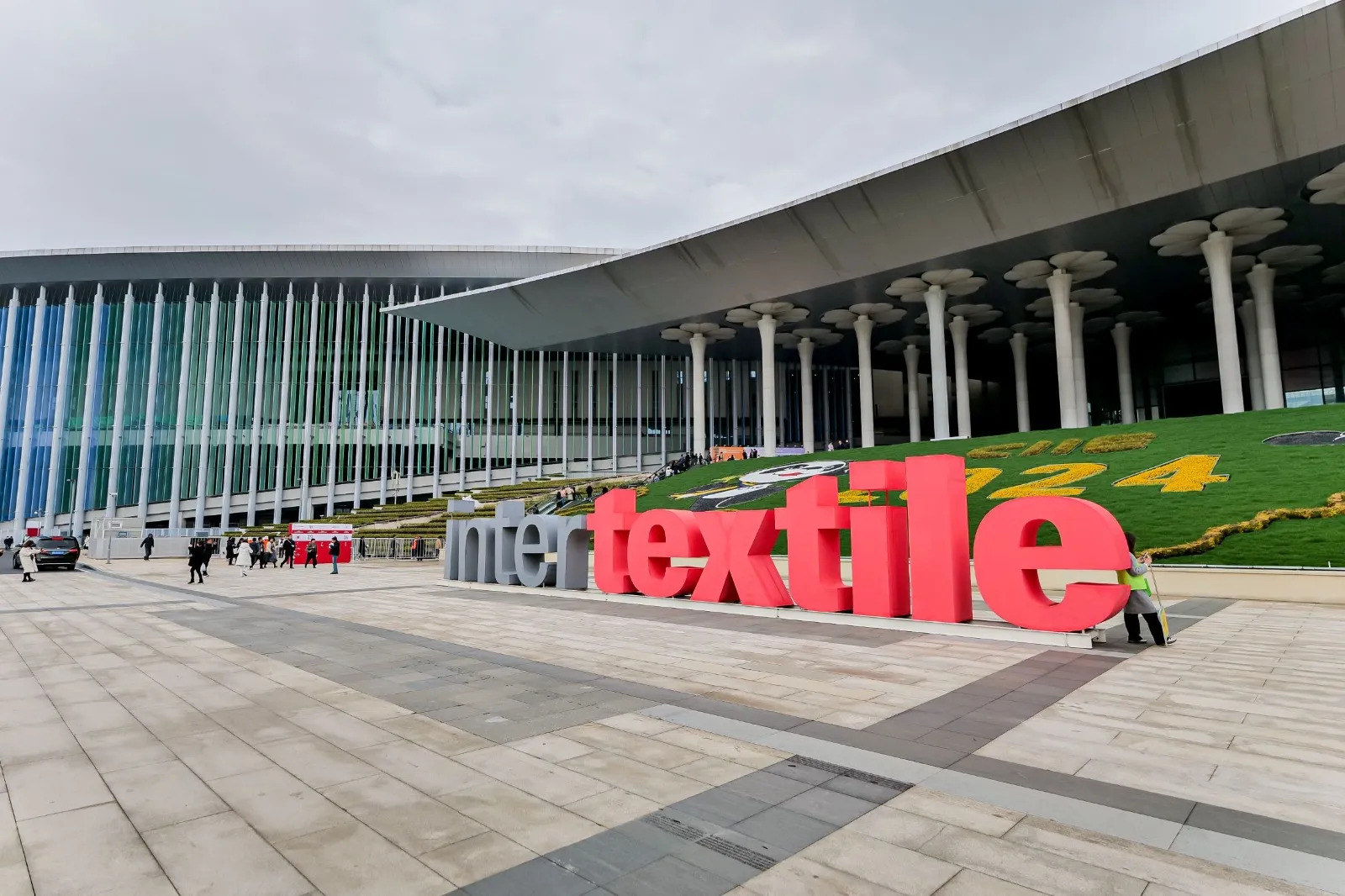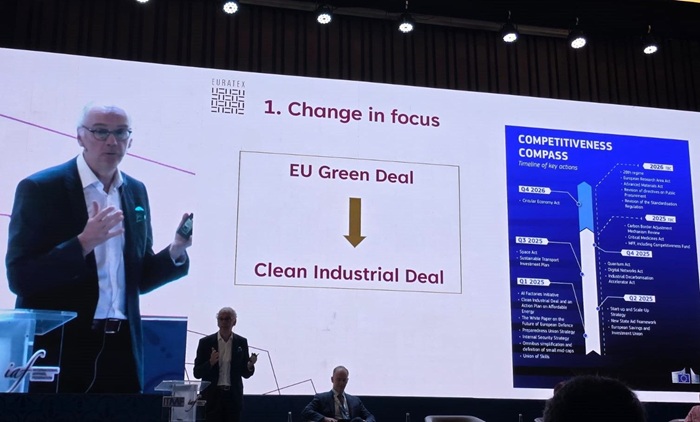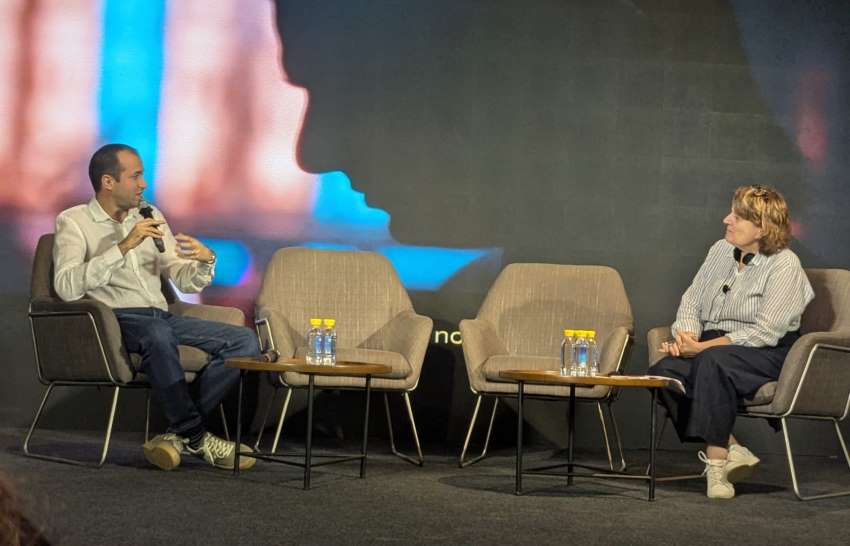Some forward-thinking brands are aiming at creating a closed-loop textile supply chain. To bring about a closed-loop supply chain, industry players across the world are finding innovative ways to recycle and reuse, and some are even creating entirely new fibers and textiles from eco-friendly — and often unexpected — materials. To create a more sustainable process, some textile companies are developing alternative fibers from waste products, finding innovative ways to recycle fibers, and even fermenting agricultural products to make new materials. In Germany, Qmilk turns spoiled milk into fabric by drying out the milk and making it into a dough, from which a thin protein-based fiber is created. An Italian company is using citrus byproducts to create a spinnable fabric. In California and Japan, companies are working with sugar, water, salts, and yeast to make fermented spider silk thread. Pineapple leaves from plantations in the Philippines are used as faux leather.
Besides expanding the range of materials, textile suppliers are also looking at o reducing waste by recycling fibers. Evrnu, for example, uses cotton garment waste to make a fine fiber with a process using 98 percent less water and 90 percent less carbon emissions than cotton and polyester respectively. Similarly, Circular Systems, a starup, is taking factory floor scraps to turn them into yarn instead of burning them. This increases resource efficiency, by 20 per cent of textiles going into the factory end up in the cutting room floor. Fabric production has a big footprint. Overall, the world produces more than a 100 million tons of fiber a year. Millions of tons of new clothing, footwear, sheets, towels, and other products are being produced annually. The United States sends approximately 21 billion pounds of textile waste to landfills yearly.
Brands, manufacturers looking at a closed loop chain
- 1
- 2
- 3
- 4
- 5
- 6
- 7
- 8
- 9
- 10
Intertextile Shanghai Spring 2026: Driving fashion’s future AI and sustainabilit…
As the global fashion supply chain rapidly evolves through technological advancements, China continues to cement its role as a leader... Read more
H&M Foundation and Accenture warn incremental change can’t save fashion’s cl…
A new report from the H&M Foundation and Accenture reveals that the fashion industry has reached a critical inflection point,... Read more
A Stitch in Time: How circular fashion is moving from niche to the norm
Once considered a fringe movement, circular fashion is rapidly becoming a mainstream business reality. The linear model of ‘take, make,... Read more
H&M invests in AltMat to scale India’s Next-Gen fiber innovation
In a defining move for India’s sustainable fashion ecosystem, H&M Group Ventures has made its first textile investment in the... Read more
EURATEX Director General pitches "New Business Model" at textile confe…
The global textile and apparel value chain is at a critical juncture, requiring a fundamental shift in its operating philosophy.... Read more
From Runway to Atmosphere: When clothes begin to clean the air
At Paris Fashion Week, Stella McCartney once again blurred the line between fashion and science. Her latest innovation, denim that... Read more
Obsessed with Talent: How a ‘Cultural Revolution’ is powering Trussardi’s fashio…
The inaugural 'Italian Fashion Days in India' (Le Giornate della Moda Italiana nel Mondo) officially kicked off yesterday, October 28,... Read more
Global apparel trade moderates in 2025 as Asian exports weaken, Wazir Advisors r…
The global apparel trade continues to reflect the delicate balance between recovery and restraint, as revealed in the October 2025... Read more
Margins, Machines, and Misunderstandings: Inside the global garment shake-up and…
The global garment industry, long a symbol of globalization’s success and excess is entering an age of disruption. Traditional business... Read more
New markets, new factories, India’s apparel industry looks to Africa
In the quiet industrial corridors of Ethiopia’s Hawassa Industrial Park, rows of sewing machines with local workers assemble garments destined... Read more












